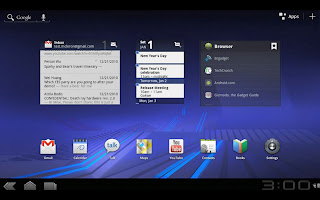HTC has announced that its Incredible S phone would be getting Gingerbread update in the month of June. The phone was unveiled at Mobile World Congress a few weeks back. At that time, the company said that the phone will be updated to Android 2.3 ‘quickly’. Seems like, for HTC, 4 months of time period for software update come under the realm of ‘quick’.
Anyhow, Incredible S is not the only lucky HTC phone. Apparently, the company’s older models such as Desire HD and Desire Z would be getting 2.3 update as well. And let’s not forget the grand old daddy of Desire series, the original HTC Desire. All these phones will be upgraded alongside Incredible S. As for the recently announced HTC phones, Wildfire S and Desire S, these babies will come pre-loaded with Gingerbread flavor of Android.
When you purchase an Android phone chances are it won’t come pre-installed with the latest version of the popular mobile operating system. This isn’t Google’s fault as their engineers are great at getting the latest versions of Android out of development and onto the streets but instead the manufacturers and wireless carriers. Luckily, as of late, those involved seem to be kicking things into high gear getting the Android 2.2 update out for many devices that have lagged behind.



